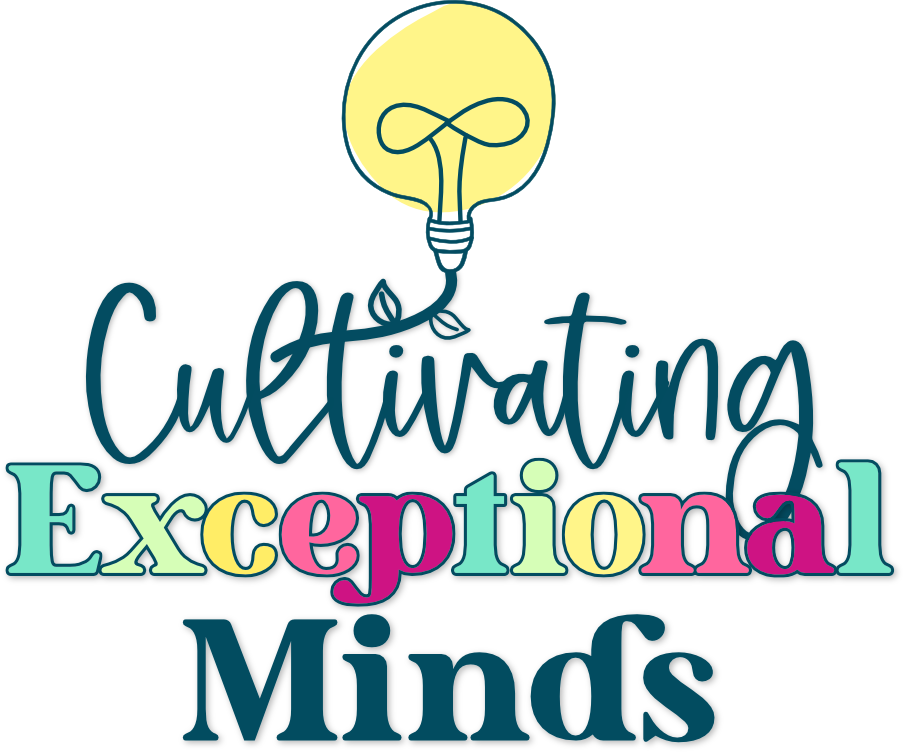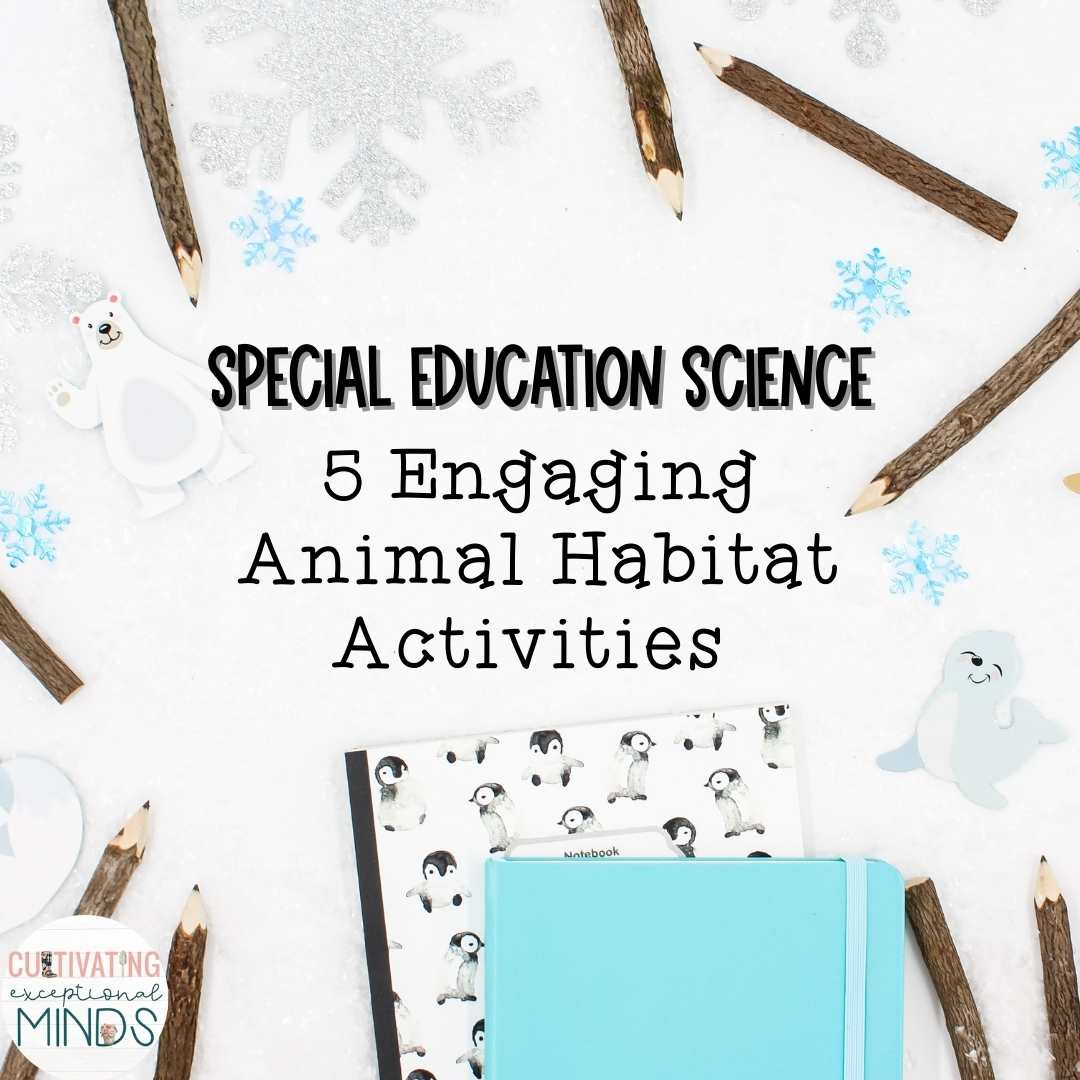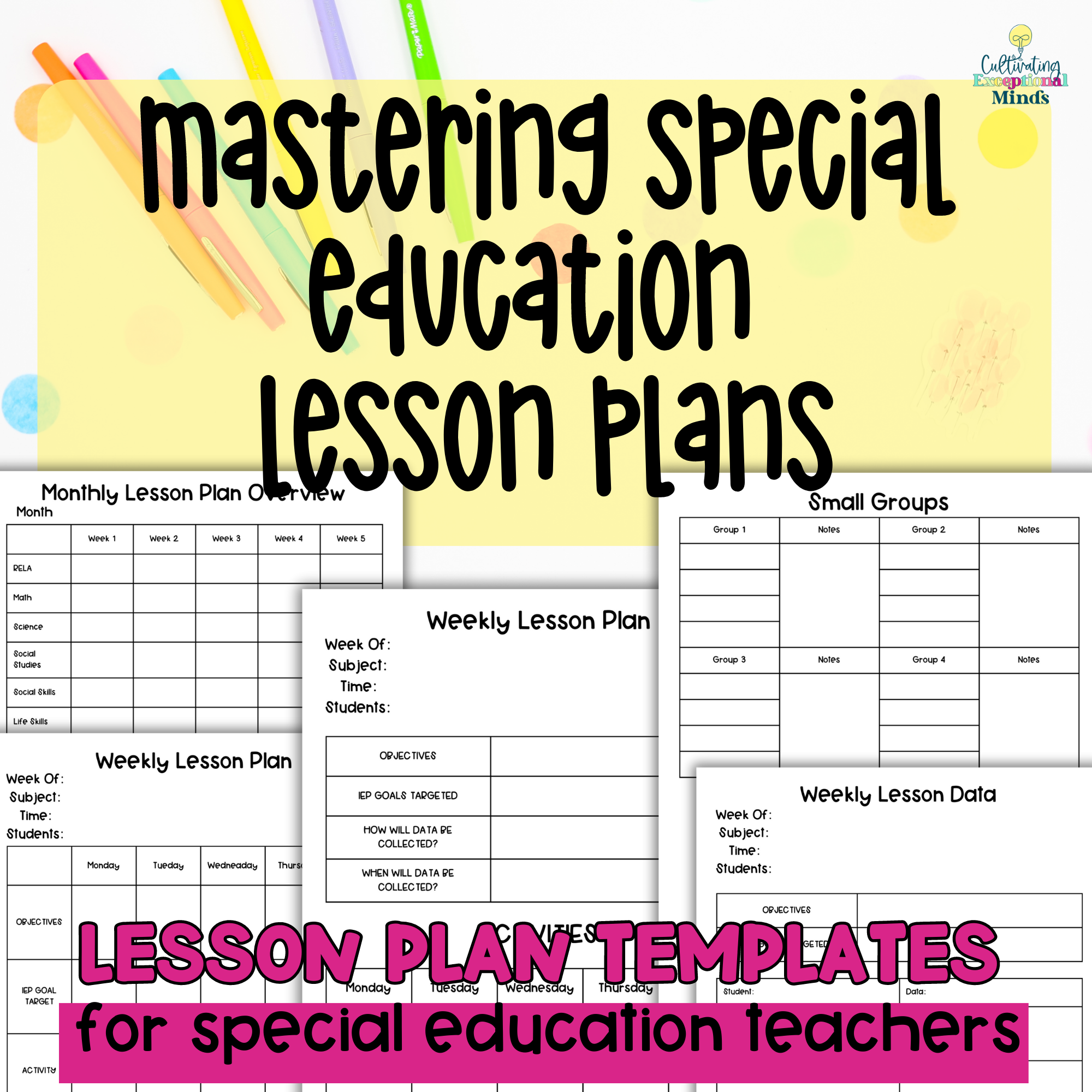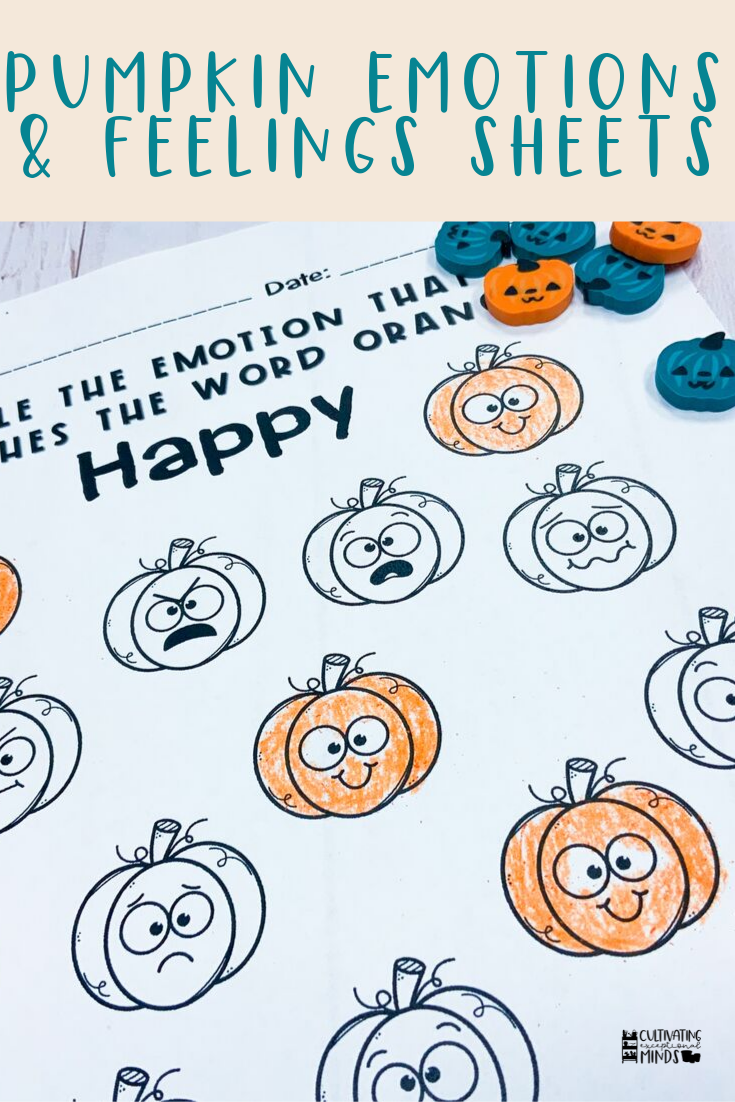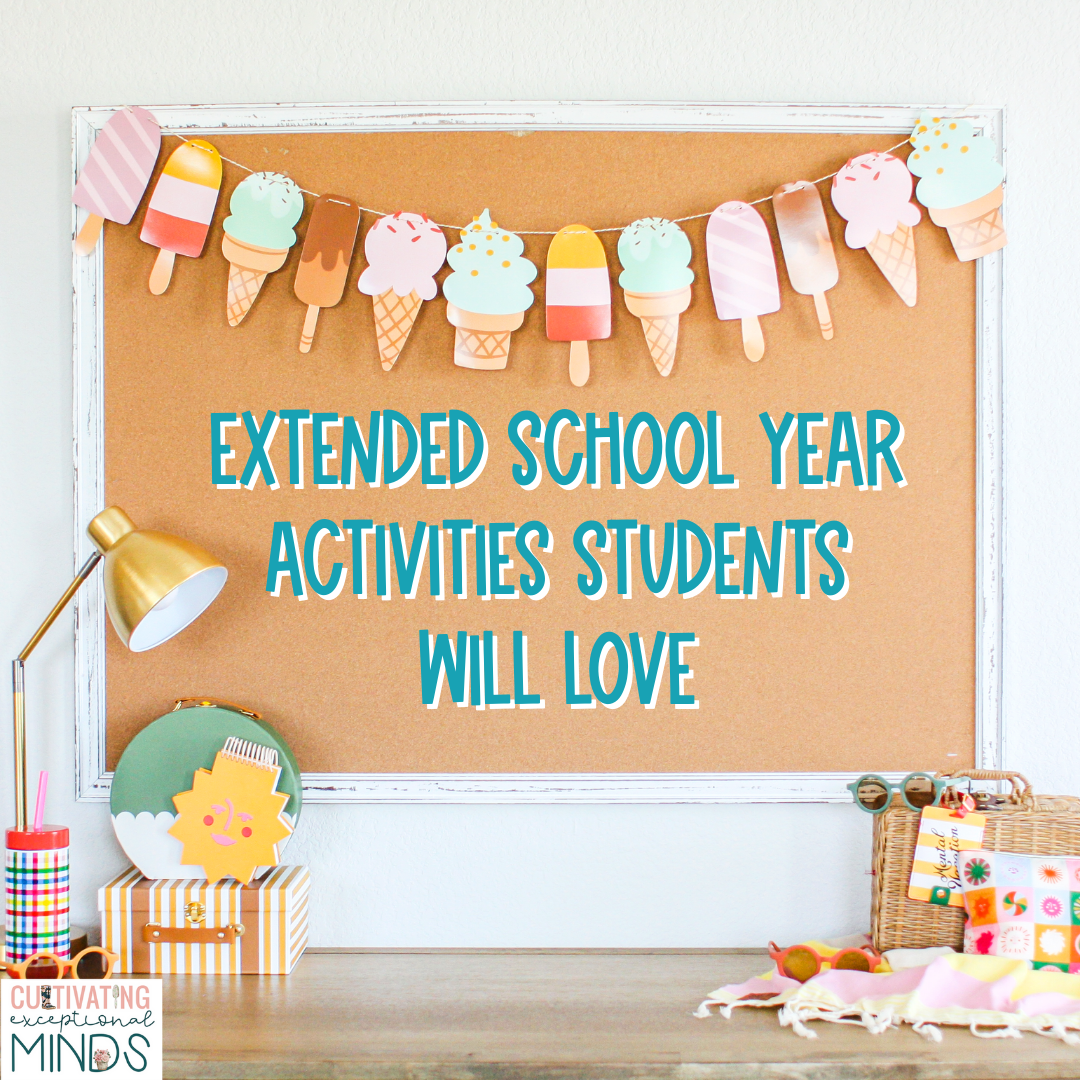Need to teach animal habitats to your special education students but not sure where to start? This list of 5 engaging adapted animal habitat activities will help you jump start your unit planning! Over the years, I’ve worked to find the best way to adapt science concepts for my special education students. These are my favorite activities to use to teach animal habitats!

I know you want the instruction and activities you provide your students to be engaging and meaningful and my guess is that you landed here because you just can’t seem to find the right fit for your animal habitat unit. With students at so many different levels, sometimes it can feel impossible to make science concepts accessible to all. BUT, with these 5 animal habitat activities your students will be engaging with the content in hands-on ways that are easily scaffolded to meet all of your students’ needs!
Animal Habitat Puzzles
When I approach teaching a new concept, such as animal habitats, I always like to start my students off with some errorless teaching (New to errorless teaching? Learn more here!). A fun way to do this is with Animal Habitat Puzzles!

I provide students with pieces that have pictures of animals and then pieces that have the name of the habitats they live in. Students put together the puzzle by matching the animals to their correct habitats. The puzzles are formed so that only the specific animal will match its correct habitat.

This allows students to recognize and associate certain animals to certain habitats without them practicing any errors. If they try to put an animal and habitat together that is incorrect, they get immediate feedback from the puzzle because it will not go together. This is a cue for them that they need to find a different answer. And any time I can provide a cue or prompt for a student without having to involve myself the better. These types of prompts will be much easier to fade as we move forward in our animal habitat unit than some other hands-on prompts would be.
Another great aspect of using puzzles is that you can use cartoon images, real photos, or a combination of both depending on the levels of your students and how many steps you need to break the learning process into. They make it easy to facilitate generalization as they can be changed up in many different ways!
Animal Habitat Task Cards
Once students have mastered the errorless animal habitat puzzles, I like to introduce task cards. I typically start by giving students an image of an animal that was used in the puzzles and then 3 choices of which habitat it lives in. Students choose the correct habitat either by pointing, using a clothespin, or circling with a dry erase marker.
This helps me to see what they have retained from the errorless puzzle activities. Once students are able to complete the task cards that have images of the same animals, I either move them on to different tasks to practice or modify the task cards for more of a challenge.

There are so many options for scaffolding task cards for an animal habitat unit. Here are some ways I’ve used them in the past:
- Using real photos of animals
- Using images of animals that were not from the puzzles
- Giving the image of the animal habitat and students choose the correct animal that lives there
- Giving the name of the animal without an image and matching to the image of the habitat
- Giving the name of the animal and then the name of the habitat (no images)
Truly the sky is the limit when it comes to how you can set up task cards, so they make the perfect activity for teaching concepts to your special education students!
Adapted Books
If your students are not ready to jump into task cards which usually have 3 options to choose from or they could use some additional practice with animal habitats, yes/no adapted books are a great option!

When I set up adapted books for our animal habitat unit, I put a picture of an animal and then a short sentence that says for example, “Does this belong in the ocean?” Students look at the image and independently read the sentence or the sentence is read for them and then they choose yes or no.
This can give them extra practice beyond the errorless activities, but less of a challenge than having to decide between 3 different habitats. Plus, I love that adapted books can help students practice their reading skills while still learning about the topic we are covering.
Sorting
If you are like me, most of your students learn well by having items to manipulate when it comes to practicing a new concept like animal habitats. That is why I like to include some hands-on sorting activities when teaching science units.

For animal habitats, I give students images of different animals and a worksheet that lists two different habitats. Students then cut out and paste the animals under the correct habitat. Again, you can easily modify this activity by cutting out the images beforehand, having them place the images on the worksheet versus having to glue them down, sort the images into bowls, or even take it up a notch by giving them three habitats to sort animals into.
Matching
One of the final activities that I use with my students is matching. This is because students are given several images of animals and a list of habitats to match them to. Being able to process the multiple images and words might be difficult to do when first teaching the concept, but works as great practice and wrap up towards the end of a unit. It can really show you what your students retained and understand about animal habitats!

I typically set these up as worksheets where students draw a line from the image of the animal to the word of the habitat that they live in, but again, you can easily modify these to meet any of your students’ needs.
Ways to modify:
- Matching image to image
- Matching words to words
- Matching cartoon images to words
- Matching real photos to words
- Placing the image of the animal on top of the habitat word
Need Help With Science Curriculum For Special Education?
After so many years of having to pull together my own resources to teach science in my special education classroom, I’ve created done for you science curriculum for special education resources! Easily teach animal habitats with this Animal Habitat Adapted Science Unit resource. Minimal prep for you and maximum results for your students!

Looking to teach more than just animal habitats? Grab the Science in Special Ed Bundle. You’ll have all of your bases covered for your science curriculum for special education!

This bundle includes:
- Living and Non-Living Things
- Plant Parts | Plant Life Cycle
- Recycling | Conserving
- States of Matter
- Physical Features of Earth
- Habitats & Environments
- Weather and Seasons
- Force And Motion
- Planets & Outer Space
- Day & Night
No more wondering what you should be teaching for science. I’ve done the work for you!
Don’t Forget to Pin These Animal habitat Activities for Later!

